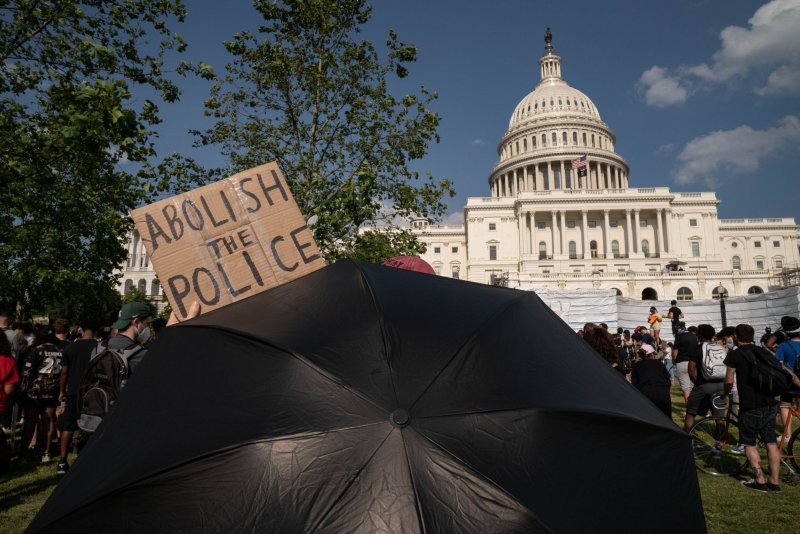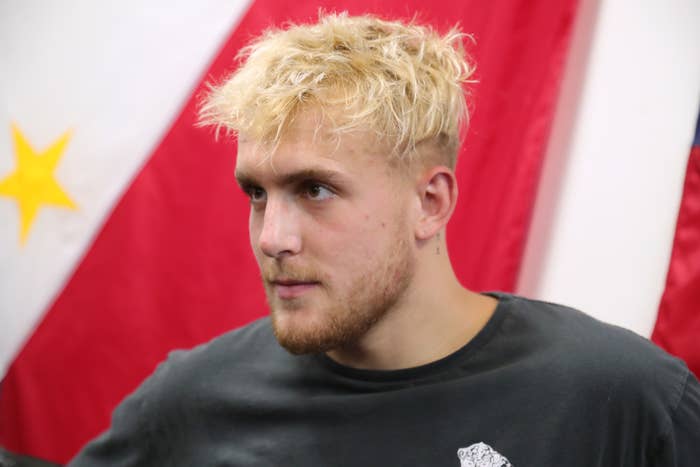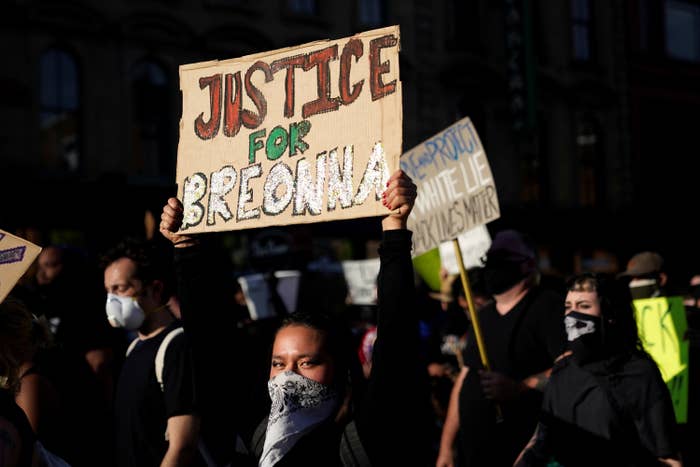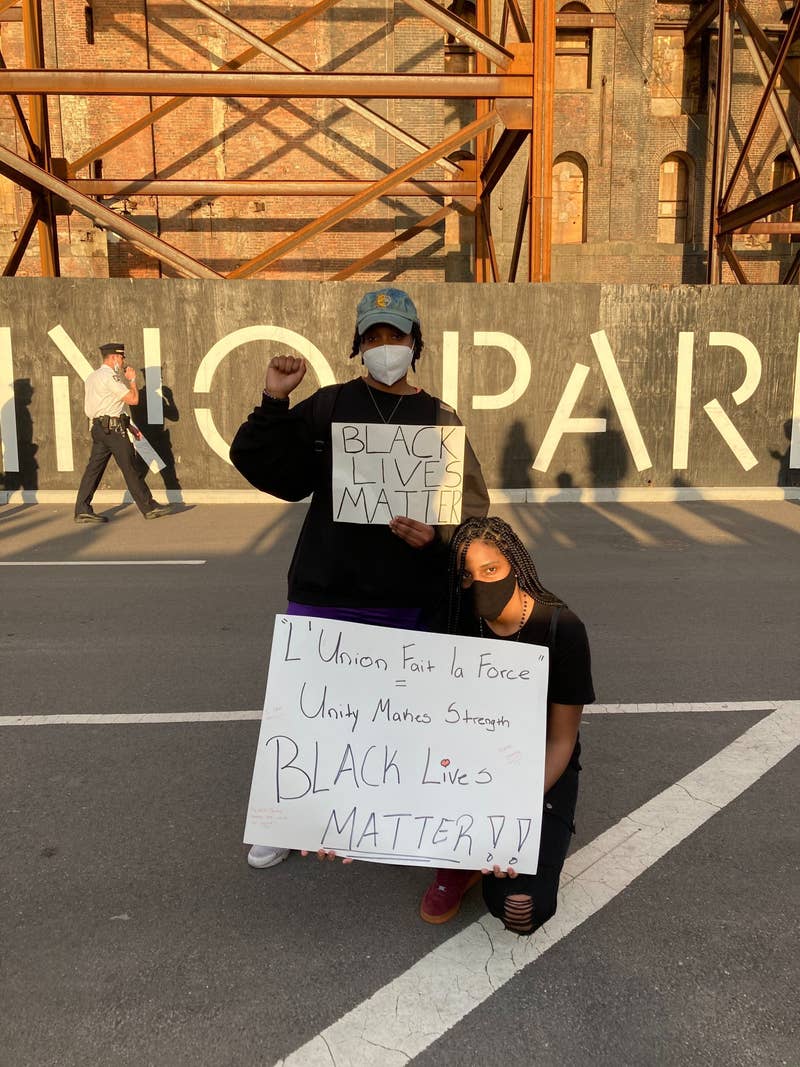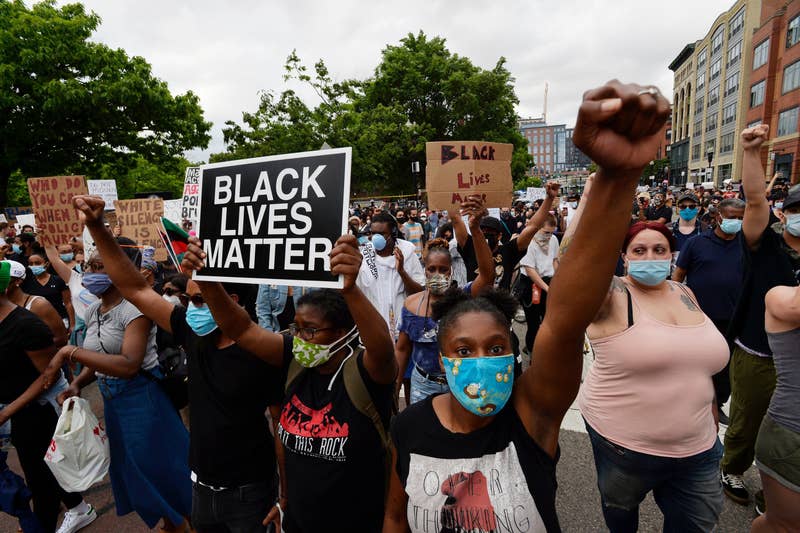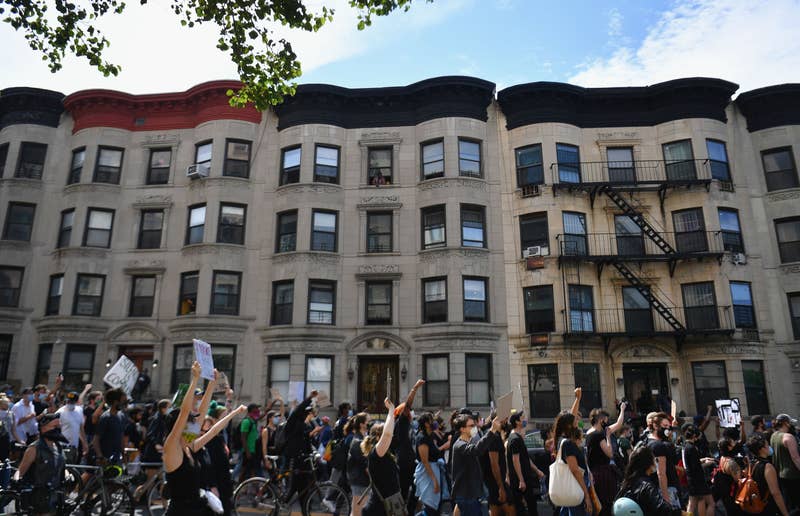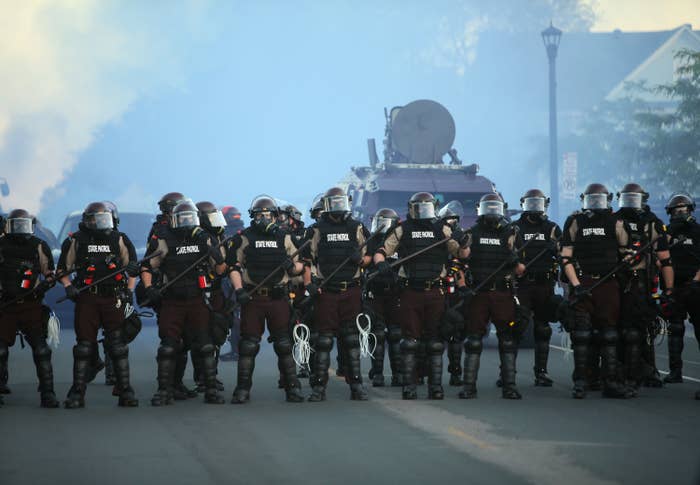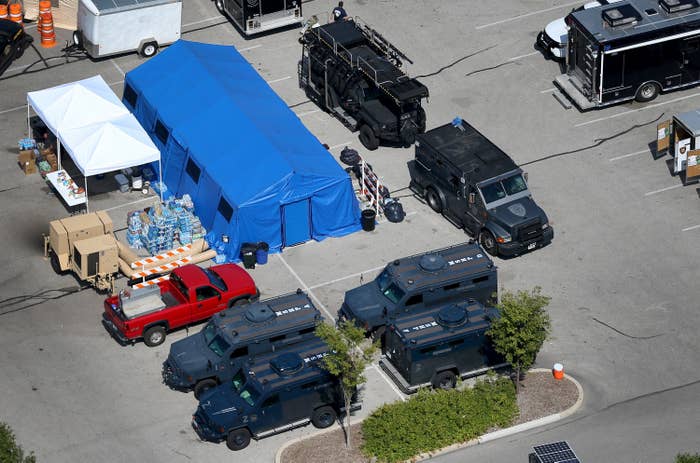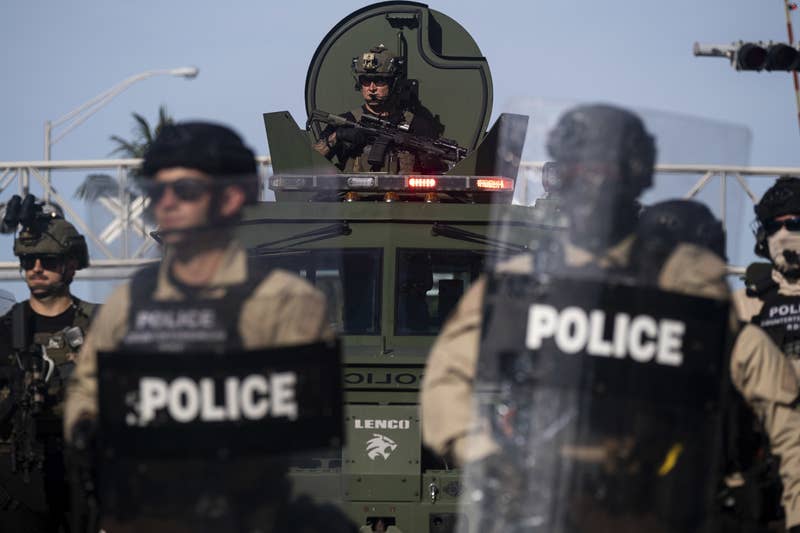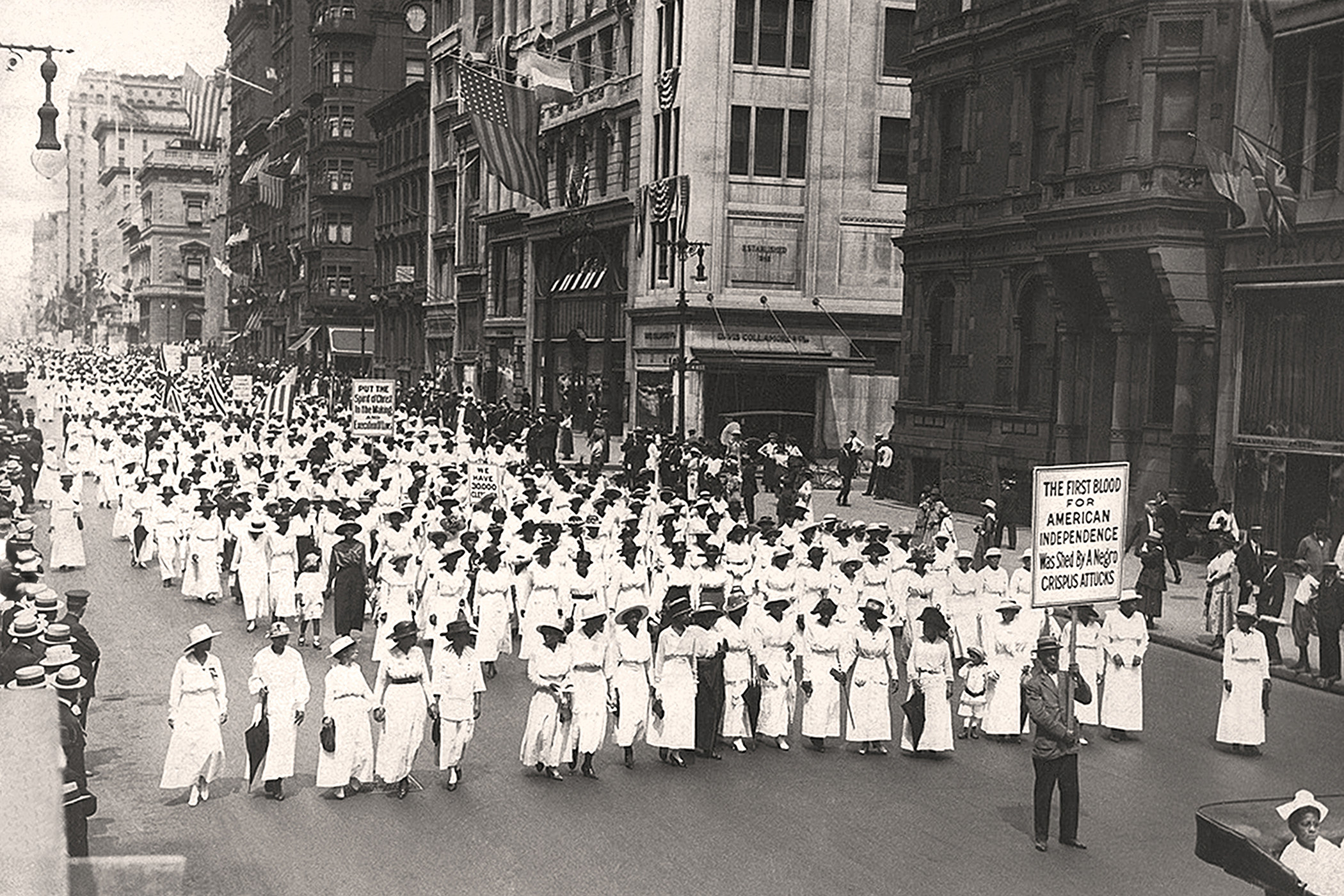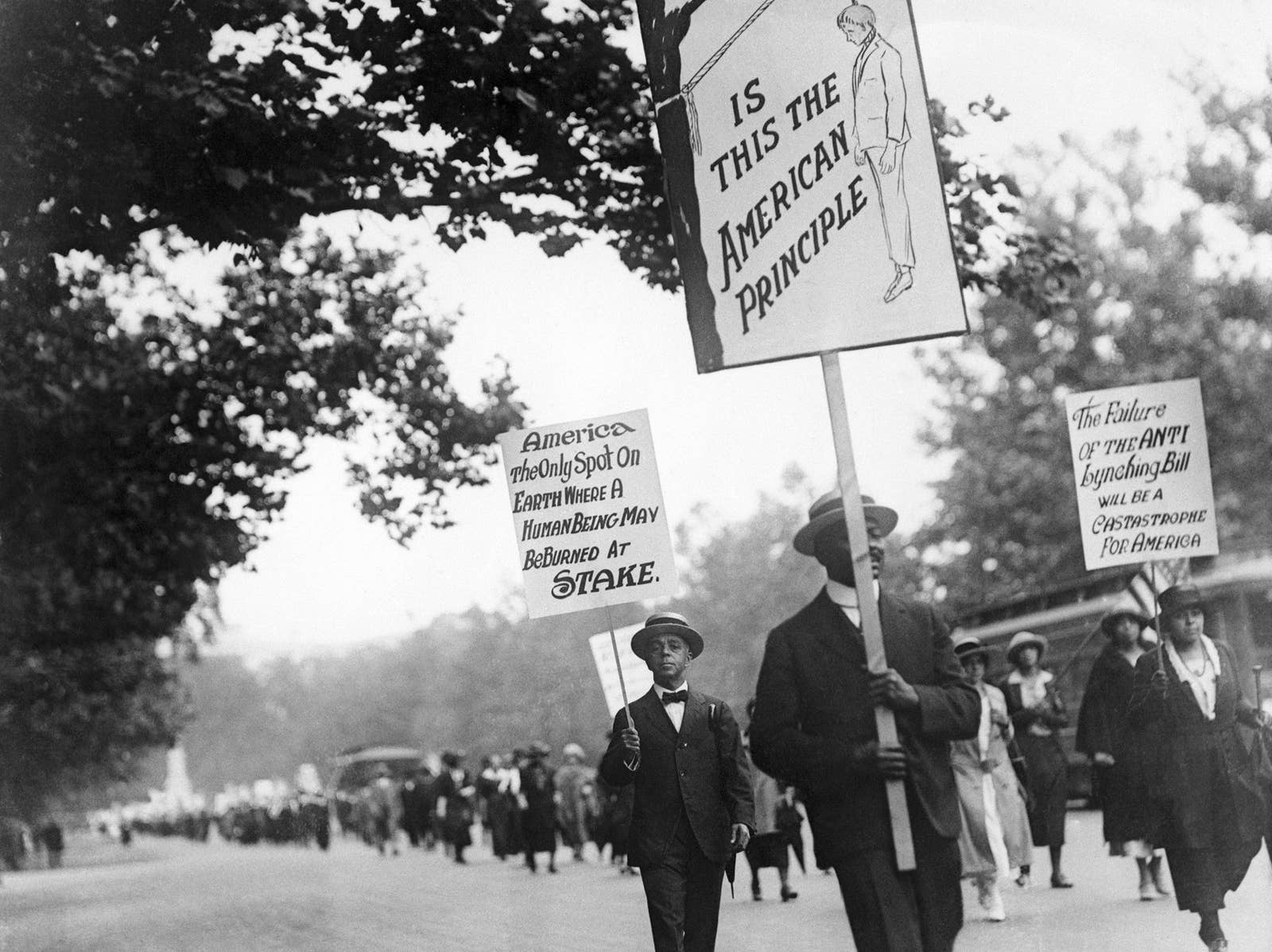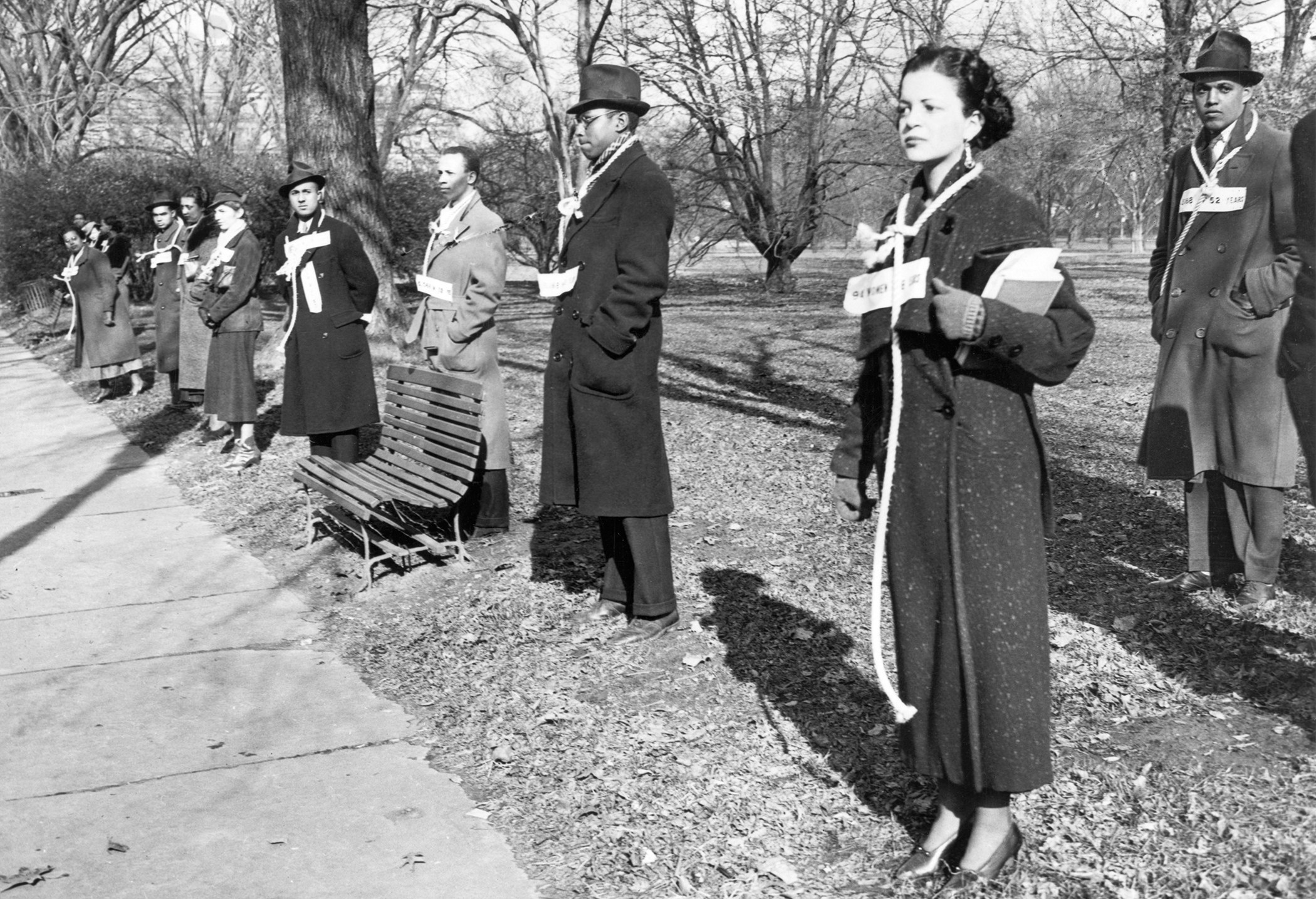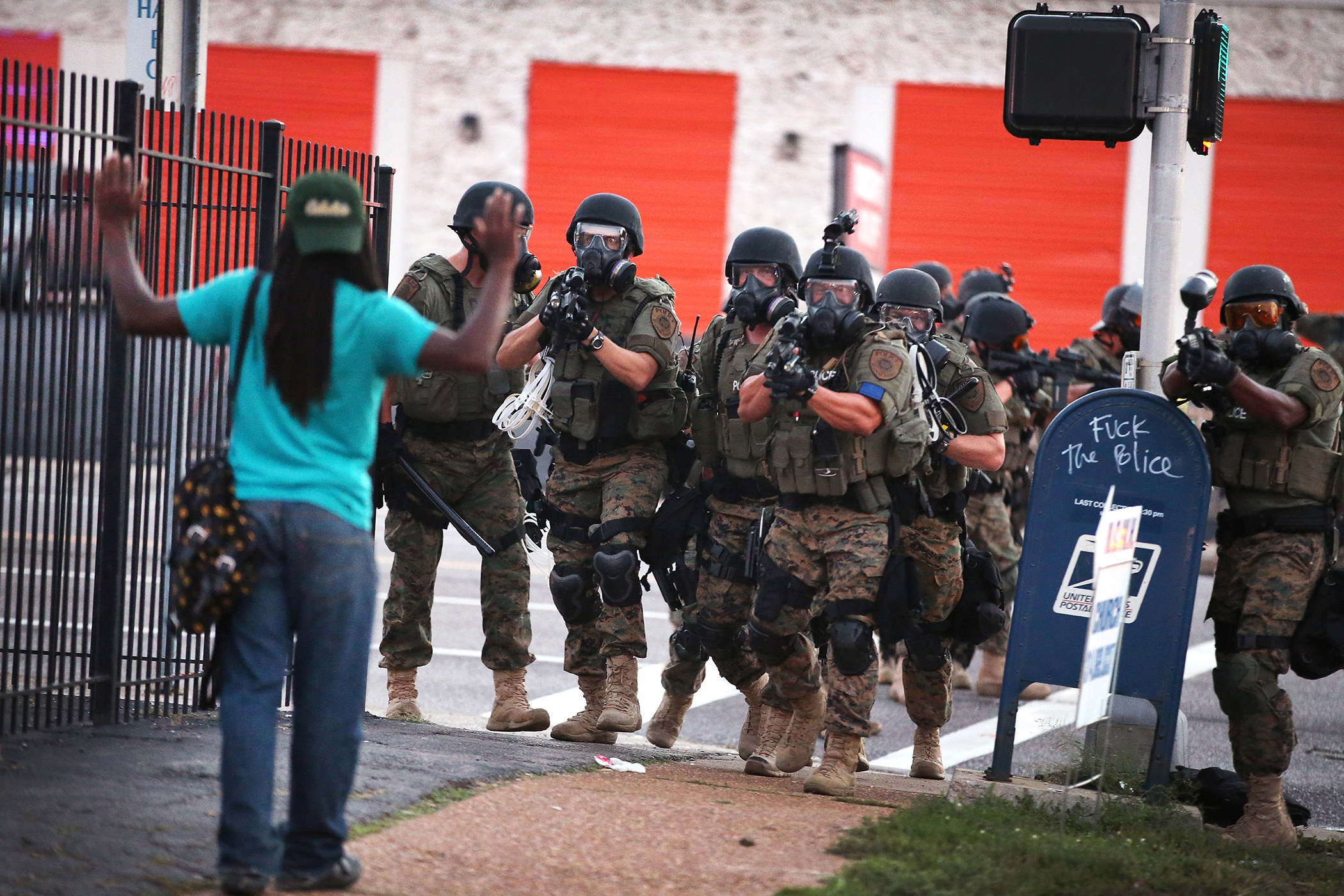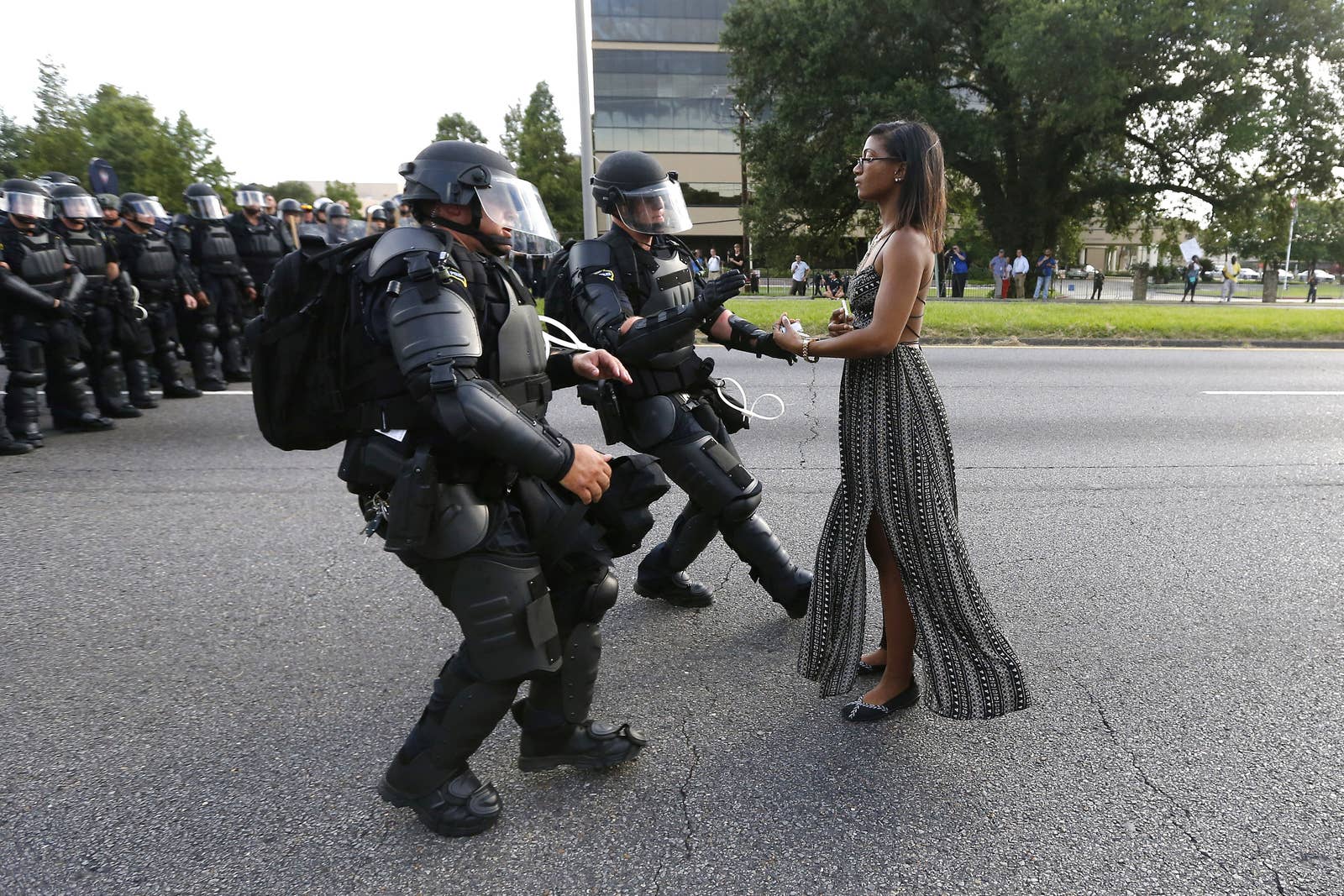AP FACT CHECK: Trump exaggerations on blacks’ economic gains
By CALVIN WOODWARD, HOPE YEN and ARIJETA LAJKAtoday

1 of 10 https://apnews.com/16a926cc5f932d984a16646fbdf7f4ea
President Donald Trump listens as Treasury Secretary Steven Mnuchin speaks during a news conference in the Rose Garden of the White House, Friday, June 5, 2020, in Washington. (AP Photo/Evan Vucci)
WASHINGTON (AP) — President Donald Trump is exaggerating economic gains for African Americans during his administration.
He claims full credit for achieving the best economic figures for blacks across the board. That’s not accurate. Black unemployment did reach a low last year, but much of the progress came during the Obama administration. Household median income also was higher for blacks prior to Trump taking office.
Trump also asserts that Friday’s unemployment report was a triumph in “equality,” making it a “great day” for George Floyd, whose death has spurred protests against racial inequality. But black unemployment actually increased, while declining for whites.
The statements came in a week of alternate realities put forth by Trump and his team.
Taking measure of the nation’s capital following demonstrations involving injured police, gagging protesters and shattered storefronts, Trump exclaimed: “Washington, D.C., was the safest place on earth last night!”
He and aides denied that authorities in Washington used tear gas against protesters, who fled from chemical clouds that looked like tear gas, stung eyes like it and met the dictionary definition of it.
And when “Mad Dog Mattis” snapped at him, Trump falsely claimed to have fired him as defense secretary and to have given him that nickname.
A look at some of his claims:
BLACK UNEMPLOYMENT
TRUMP: “What we’re announcing today is a tremendous tribute to equality. We’re bringing our jobs back.” — remarks Friday to reporters.
THE FACTS: The joblessness figures in Friday’s report did not improve uniformly across racial and ethnic groups.
The unemployment rate did decline last month for white workers, to 12.4% from 14.2% in April, as well as for Latinos, to 17.6% from 18.9%.
But joblessness actually rose slightly for African American workers, to 16.8% from 16.7%. For Asian Americans, it increased to 15% from 14.5%
___
TRUMP, on the economy before the pandemic: “We had the best numbers for African Americans on employment and unemployment in history ... best everything.” — Fox News interview Wednesday
THE FACTS: True on unemployment. Not true by a long shot on “everything” in the economy.
Black unemployment reached a record low during the Trump administration, 5.4% in August, as the longest economic expansion in history pressed ahead.
Most of the progress came when Barack Obama was president: Black unemployment dropped from a recession high of 16.8% in March 2010 to 7.8% in January 2017. Improvement continued under Trump until the pandemic. Black unemployment reached 16.8% in May, compared with 13.3% for the overall population.
Not all economic measures improved for African Americans under Trump before the pandemic. A black household earned median income of $41,361 in 2018, the latest data available. That’s below a 2000 peak of $43,380, a
ECONOMY
TRUMP: Prior to the pandemic, “we had the most people working in the history of our cou
THE FACTS: Yes, but that’s because of population growth.
A more relevant measure is the proportion of Americans with jobs, and that never came close to record highs.
According to Labor Department data, 61.2% of people in the United States 16 years and older were working in January. That’s below the all-time high of 64.7% in April 2000, though higher than the 59.9% when Trump was inaugurated in January 2017.
That figure currently stands at 52.8%
___
CONSPIRACY THEORY
WHITE HOUSE: “Antifa and professional anarchists are invading our communities, staging bricks and weapons to instigate violence. These are acts of domestic terror.” — tweet Wednesday, with a video showing collections of bricks and stones as if stockpiled for attacks.
THE FACTS: The tweet’s evidence of malfeasance was bogus.
The video contained multiple clips showing brick or stone for construction projects and the like, not for a nefarious plot. One clip captured rocks encased in wire frames. Those are actually a protective barrier outside Chabad of Sherman Oaks, a synagogue on Ventura Boulevard in Los Angeles, to stop vehicles from ramming the building.
“They’ve been there for about a year,” Rabbi Mendel Lipskier of the synagogue told The Associated Press. “THESE ARE SECURITY BARRIERS,” the synagogue said in a statement reassuring neighbors and friends.
Last Monday, posts had circulated on social media with photos of that gabion wall, falsely describing the stones as being left on Ventura Boulevard “for the next round of Antifa riots” and saying such “drop offs” were being repeated around the country.
That conspiracy theory fed into the White House tweet two days later as Trump and others brushed aside the peaceful nature of most of the protesting, highlighted the violence and portrayed the unrest as overwhelmingly the work of radicals. The White House later deleted the tweet and video without explanation.
___
CAPITAL CHAOS
TRUMP: “They didn’t use tear gas.” — Fox News Radio on Wednesday, referring to the previous night’s demonstrations outside the White House.
KAYLEIGH McENANY, White House press secretary: “No tear gas was used. ... No one was tear-gassed. Let me make that clear.” — briefing Wednesday.
THE FACTS: People were tear-gassed.
Authorities acknowledged using pepper compound fired in plastic balls. Scientific sources, including the Centers for Disease Control and Prevention, list dispersed pepper as a tear gas. Officers also fired projectiles containing chemicals that likewise meet the common and scientific definitions of tear gas.
People scattered in the stinging fog, coughing and gagging, some with eyes red and streaming.
“Tear gas is anything that makes you cry,” said Dr. Lynn Goldman, dean of the George Washington University Milken Institute School of Public Health, speaking of chemicals used in crowd dispersal. “Pepper spray is a tear gas. But there are all kinds of other ones, too.”
Dr. Sven-Eric Jordt, who researches tear gas agents and chemical exposure injuries at the Duke University School of Medicine, said newer compounds, categorized as OC agents, might or might not fit a traditional scientific definition of tear gas but are as potent and have the same effects. CS and CN are classic categories of tear gasses.
WUSA9, a CBS affiliate in Washington, reported that its journalists found spent OC and CS canisters on the street immediately after authorities cleared the protest; one canister was still warm.
___
TRUMP: “Washington, D.C., was the safest place on earth last night!” — tweet and Facebook post Tuesday.
THE FACTS: Obviously untrue.
The crackdown on peaceful as well as violent protesters, the injuries to police who were attacked, the fortifications around the White House, the phalanx lining the steps of the Lincoln Memorial, and the threat of looting and vandalism in neighborhoods well away from the militarized scene all spoke to the dangers of the night.
More than half a dozen federal agencies joined in the effort to bring order. Among them, the U.S. Park Police said Tuesday that 51 of its members were injured over the previous four days of demonstrations.
During that time, Trump had warned that anyone getting past White House security would face “the most vicious dogs, and the most ominous weapons.” At one point early in the confrontations, Secret Service agents spirited Trump to a White House bunker.
Last Monday night and other nights, Washington was not the safest place on Earth. The White House may have been the safest place in Washington.
___
MAD DOG
TRUMP: “Probably the only thing Barack Obama & I have in common is that we both had the honor of firing Jim Mattis, the world’s most overrated General.” — tweet Wednesday.
THE FACTS: No, what Trump and Obama have in common is that Mattis resigned under them. They did not fire him.
As Obama’s head of Central Command and Trump’s defense secretary, Mattis disagreed with elements of administration policy. This past week he also voiced anger over what he regards as Trump’s divisive, immature leadership.
The retired four-star Marine general announced in December 2018 that he would step down in as defense secretary in two months.“General Jim Mattis will be retiring, with distinction,” Trump tweeted then, praising his tenure. Then Trump flipped his tone, cut short Mattis’ remaining time and started claiming that he’d fired him.
___
TRUMP: “His nickname was ‘Chaos’, which I didn’t like, & changed to ‘Mad Dog.’” — tweet Wednesday.
THE FACTS: No, he didn’t change Mattis’ nickname to Mad Dog. Mattis had been called that for more than a decade before joining the Trump administration.
He was also known by his military call sign Chaos when he was a Marine colonel. Mattis joked that it stood for “Colonel Has An Outstanding Solution.”
___
VIRUS TESTING
TRUMP: “We have incredible testing now. So we’ve done a great job.” — interview Wednesday on Fox’s “Brian Kilmeade Show.”
TRUMP, on coordination with states: “We jointly developed testing projections and goals for each state for the month of May, altogether totaling 12.9 million tests. Think of that: 12.9 million tests.” — news briefing on May 11.
THE FACTS: U.S. testing has been far from “incredible.” It was a failure in the crucial early weeks, U.S. officials acknowledged, meaning missed opportunity to limit the spread of the virus before infection and death surged.
Brett Giroir, the lead federal official on testing, said Thursday that the U.S. conducted about 12 million tests in May, falling 900,000 short of the administration’s target for the month.
Trump has repeatedly overstated the availability of U.S. testing, falsely declaring in March, in the midst of dire shortages, “Anybody who wants a test, can get a test.”
Now, the availability of tests varies widely. Some governors and local officials say they have more tests available than people who want them. Others say they can’t meet the demand. That’s the case at the Department of Veterans Affairs, for example.
___
Lajka reported from New York. Associated Press writers Matthew Perrone, Ashraf Khalil, Lolita Baldor and Robert Burns contributed to this report.
___
EDITOR’S NOTE — A look at the veracity of claims by political figures.
___
Find AP Fact Checks at http://apnews.com/APFactCheck
Follow @APFactCheck on Twitter: https://twitter.com/APFactCheck



